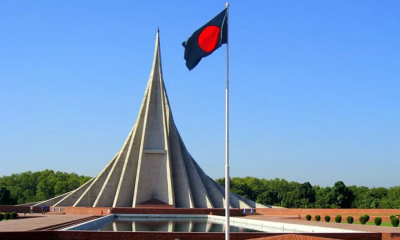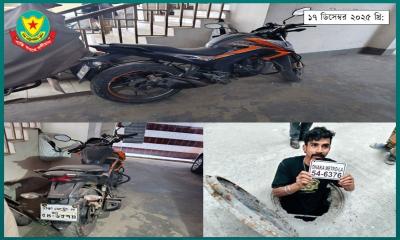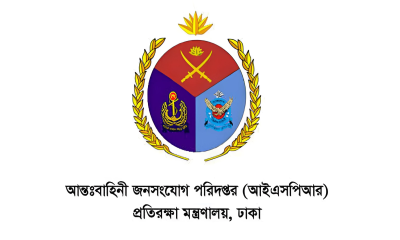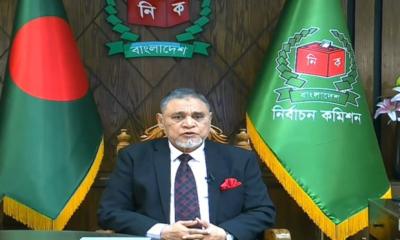Istanbul’s Atatürk cultural centre has opened its doors for the first time in 13 years, breathing new life into the city’s arts scene.
The redesigned space was the scene of a flurry of activity on Friday, Turkey’s independence day: flower arrangements were hurriedly being taken inside while workers unrolled red carpets before the evening inauguration and the premiere of an opera commissioned for the occasion.
The 1960s performing arts venue on Taksim Square, named for the republic’s secular founder, Mustafa Kemal Atatürk, was closed in 2008 for renovations that were beset by legal wrangling, and the old building was eventually demolished in 2018.
Since the Republic of Turkey was founded a century ago, Taksim Square has functioned as a cultural and political hub. It was the site of demonstrations in 2013 against the increasingly authoritarian bent of the president, Recep Tayyip Erdoğan, during which protesters often scaled the empty Atatürk building, lighting flares on the roof and hanging banners and posters down its facade.
A massive new mosque on the opposite side of Taksim, long one of the pious Turkish leader’s pet projects, was completed earlier this year, giving an area long associated with the republic’s secular founding principles a new religious identity.
The reopening of the cultural centre is seen by many in Turkey’s highly polarised society as restoring an ideological balance in an important public space.
“Anatolian music and art is a wonderful mosaic of Asian cultures. I am very excited that the new centre will be an important showcase,” she said. “Atatürk commissioned the first Turkish opera, by Adnan Saygun in 1934, and the new one is commissioned by the president and written by one of Saygun’s students, Hasan Uçarsu, a very talented composer.”
Uçarsu’s two-act opera focuses on one of the greatest artists in Ottoman history, Mimar Sinan, a prolific 16th-century architect who built Istanbul’s breathtaking Süleymaniye and Selimiye mosques for the ruling sultans.
“There is a lot of history and significance in this. The world is dark and in need of new light, new hope right now. That is what art is for,” Refiğ said.
The state-of-the-art complex has preserved the style of the old building, keeping the famous 60s-style external metal cladding, while the interior uses glass and oak to create light and warmth. The concert hall is located inside a central red-tiled sphere – a homage to the work of the centre’s original ceramic artist, Sadi Diren – and the space has been greatly expanded to include a theatre, cinema, library and two art galleries.
As Turkey’s tourism industry struggles to recover from the pandemic, the municipality and the national culture ministry are seeking to cement Istanbul’s reputation as a global arts destination.
The Contemporary Istanbul art fair has just successfully staged the city’s first international art event since before the Covid-19 shutdowns, and several new initiatives are on the way.
The long-awaited reopening should also be celebrated as the return of a cultural lodestar, said Gülper Refiğ, a musicology professor and longstanding figure in Turkey’s performing arts scene.
Along with the Atatürk centre, the inaugural two-week Culture Road festival in Beyoğlu arts district also launches on Friday, with exhibitions and events at historic venues, galleries and museums.
Derelict shipyards on the Golden Horn are being transformed into a cultural quarter, and the new Galataport development on the Bosphorus will eventually house the new Renzo Piano-designed Istanbul Museum of Modern Art and the rehomed National Museum of Painting and Sculpture.
“The Istanbul Biennale and Contemporary Istanbul, every year more art comes here,” Murat Tabanlıoğlu, who designed the Atatürk cultural centre and is also working on the Golden Horn project, recently told the BBC.
“You can see many layers of history here: the Byzantines, the Ottomans, the First Republic,” said the architect, who carefully studied the work of his father, Hayati – the designer of the original 1960s Atatürk building – for his own creation. “We need to mix our history with the future together.”


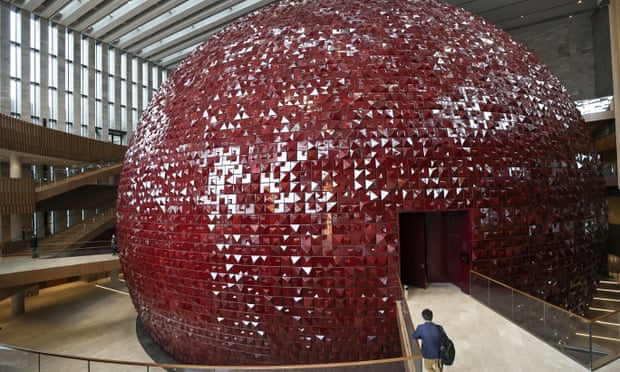

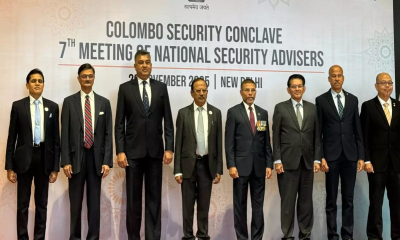

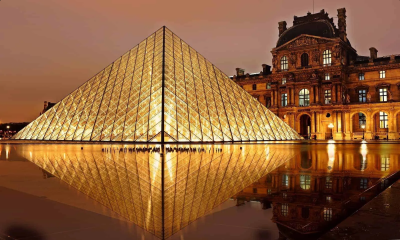

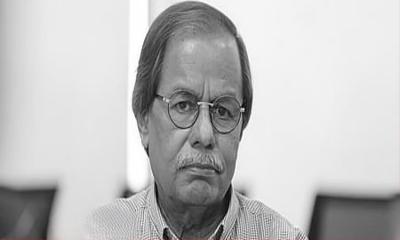


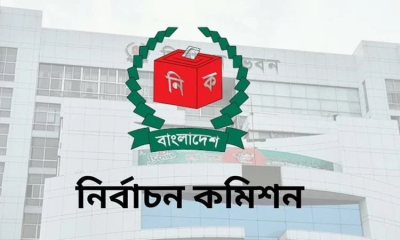
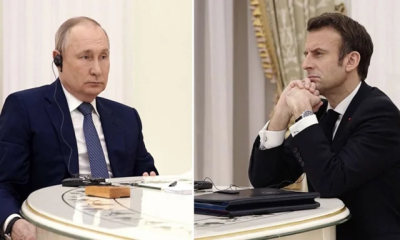

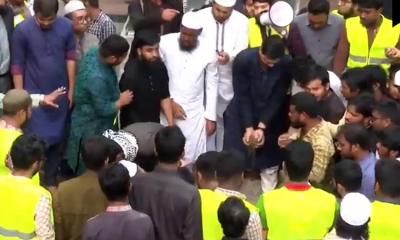
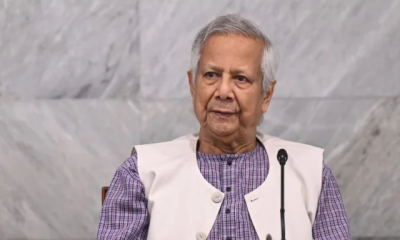
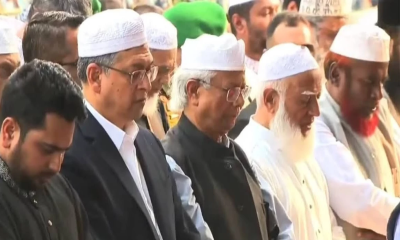
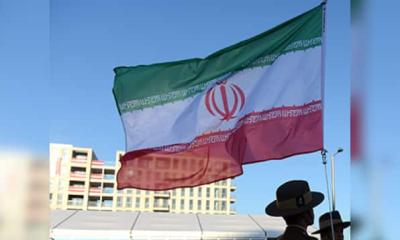
-20251220073333.jpeg)

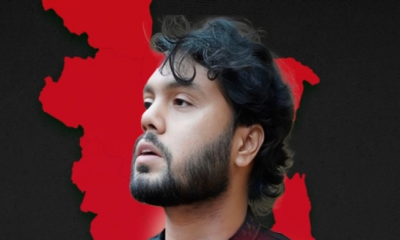
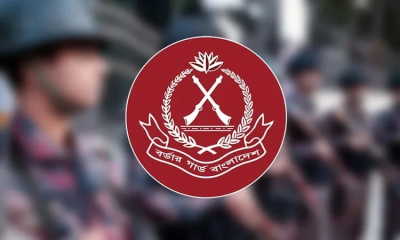
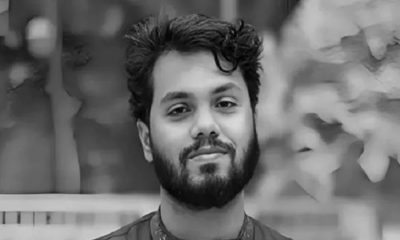
-20251219122251.jpeg)
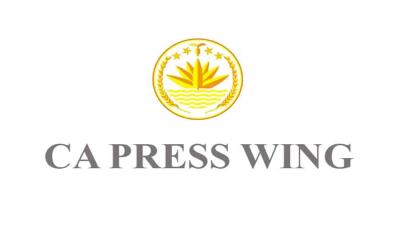
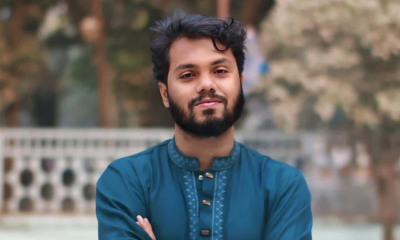

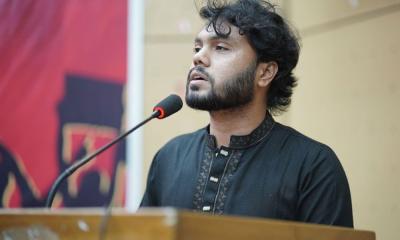
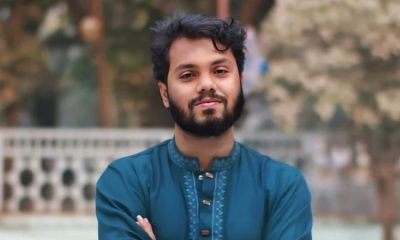
-20251218165258.jpeg)

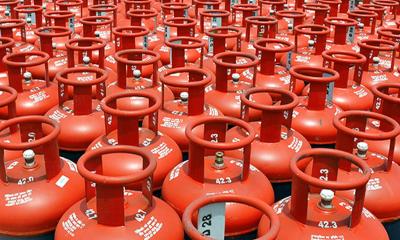
-20251216090625.jpeg)

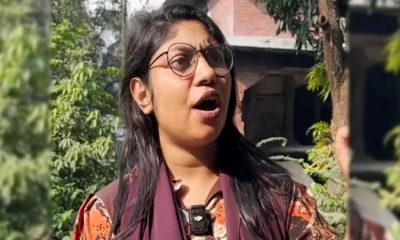
-20251216054240.jpeg)
